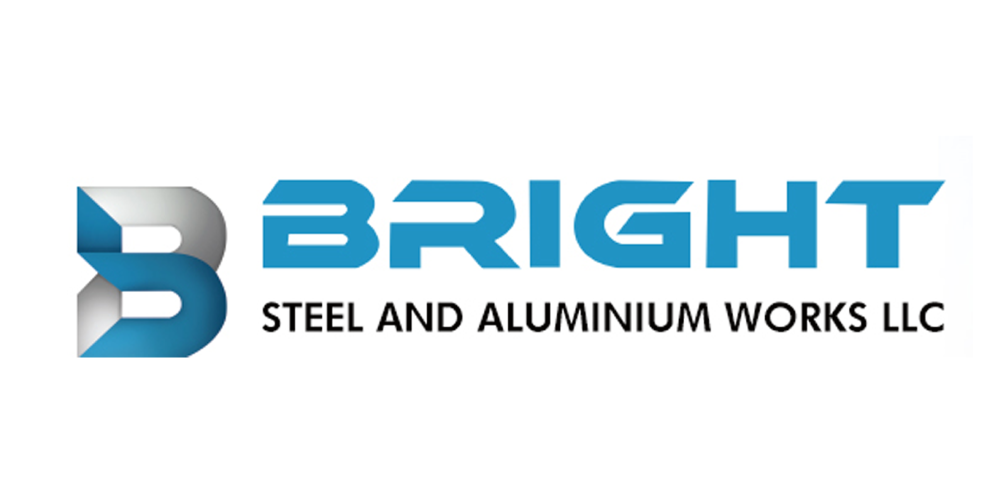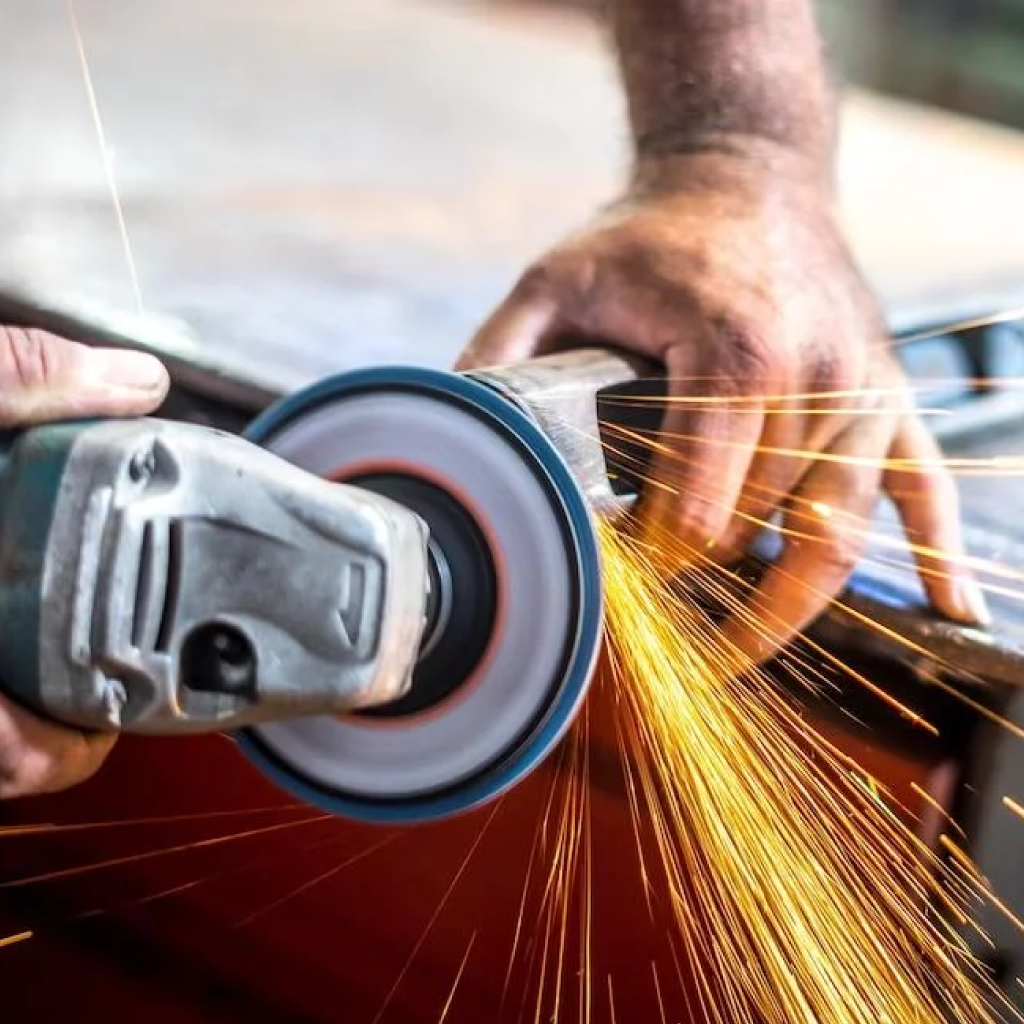Bright Steel And Aluminium Works
Bright Steel And Aluminium Works

Nobody thinks about fabrication until something breaks. That massive bridge you drive across daily? Fabricated. The surgical table that held you during your appendectomy? Fabricated. Your office chair? Yep, fabricated too.
But fabrication isn’t just welding metal together and calling it a day. That’s like saying cooking is just heating food. There’s an art to it – a blend of old-school craftsmanship and cutting-edge tech that most people never see.
Folks often mix these up. Manufacturing churns out thousands of identical parts like cookies from a cutter. Fabrication? That’s custom work. Think tailored suit versus off-the-rack.

A manufacturing plant might stamp out 50,000 identical brackets a day. A fabrication shop might build you a one-off spiral staircase that becomes the centerpiece of your home. Different animals entirely.
The fabrication world splits roughly into three camps:
Most shops specialize. Jack-of-all-trades fabricators usually master none.
Cutting: More Science Than Art Now
Gone are the days when a guy with a torch and steady hand was your best option. Though you’d be surprised how many old-timers can cut straighter lines freehand than some computer-controlled systems.
Today’s cutting options include:
Pro tip: Ask your fabricator which method they’ll use. Each has tradeoffs that affect your final product.
Bending: Where Physics Gets Personal
Metal doesn’t like to bend. It fights back.
Ever folded a paperclip back and forth until it breaks? That’s metal fatigue in action. Real fabricators understand this at a gut level.
Press brakes – those massive machines that bend sheet metal – can apply hundreds of tons of force. Operators develop a feel for how different materials respond. Too much pressure? You’ll crack the piece. Too little? It won’t hold the bend.
Different materials need different approaches:
The dirty secret? Even with computer controls, bending remains partly intuitive. Two operators using identical settings can produce different results.
Welding: Where Art Still Beats Science
Robots can weld. But complex fabrications still need human welders who’ve spent years developing skills no machine can match.
The common types:
Good welders don’t come cheap, and they’re getting scarcer. Many shops now charge $150+ per hour for skilled TIG work. Worth every penny when failure isn’t an option.
Assembly: The Forgotten Step
Cutting and welding get all the glory. But fitup and assembly often consume more hours.
Good fabricators think steps ahead:
Poor planning here leads to the dreaded “cut and fit” approach – essentially making it up as you go. Fine for backyard projects, disastrous for precision work.
Skip the flashy websites. Look for these tell-tale signs instead:
Shop Organization Tells All
Visit in person. A clean, organized shop usually delivers clean, organized work. If their facility looks like a tornado hit a scrap yard, expect similar chaos in your project.
Watch how materials are stored. Good shops:
Equipment Matters Less Than You Think
Don’t be wowed by shiny new machines. That million-dollar laser cutter means nothing if operated by someone who doesn’t understand material properties.
Questions worth asking:
Blank stares to these questions? Run away.
Look At Their People, Not Their Brochures
Fabrication remains a skilled trade despite automation. The average age of top fabricators keeps rising as fewer young people enter the field.
Signs of a quality team:
Portfolio Depth Reveals Capabilities
Ask for examples similar to your project. Generic photos of “metal stuff” tell you nothing about their relevant experience.
Request references you can actually contact. Then actually contact them with specific questions:
Everyone knows lasers cut sheet metal. But the technology enables applications that weren’t practical before:
Architecture That Defies Convention
The Louvre Abu Dhabi dome features over 7,800 unique geometrical stars creating its “rain of light” effect. Each star required precision that would have been impossible with traditional methods. Laser cutting made this iconic structure possible.
Closer to home, those decorative metal screens appearing on modern buildings throughout Dubai? Laser cut. The technology allows architects to incorporate complex Islamic geometric patterns into functional sun-shading elements.
Medical Advances That Save Lives
Surgical stents for cardiac patients require microscopic precision that only laser cutting can deliver consistently. The difference between a perfectly cut stent and one with microscopic burrs can literally be life or death.
Laser-cut titanium implants with precisely engineered surface textures promote bone integration in ways that weren’t possible with conventional machining. Patients experience faster recovery and better long-term outcomes.
Retail Experiences That Captivate Customers
Luxury retailers now use laser-cut displays that transform store environments. The Louis Vuitton store in Dubai Mall features intricate laser-cut panels that took inspiration from traditional mashrabiya screens while incorporating the brand’s monogram pattern.
These installations would be prohibitively expensive using traditional methods, but laser cutting makes them economically viable even for seasonal display changes.
From infrastructure to transportation, energy to healthcare, fabrication creates the physical world we interact with daily. The quality of that fabrication directly impacts safety, efficiency, and longevity of everything around us.
Selecting fabrication partners based solely on price inevitably leads to compromises – whether in material quality, dimensional accuracy, or structural integrity. The true cost often becomes apparent only years later when premature failures occur.
For projects where quality matters, partners like Bright Steel (https://brightsteel.ae/) deliver value beyond competitive pricing. Their approach combines technical capability with collaborative problem-solving – transforming concepts into durable, functional realities.
The difference between mediocre and excellent fabrication rarely shows in initial appearance. It reveals itself over time through consistent performance, dimensional stability, and resistance to environmental challenges – qualities that ultimately determine whether a project succeeds or fails in the real world.
Social Chat is free, download and try it now here!